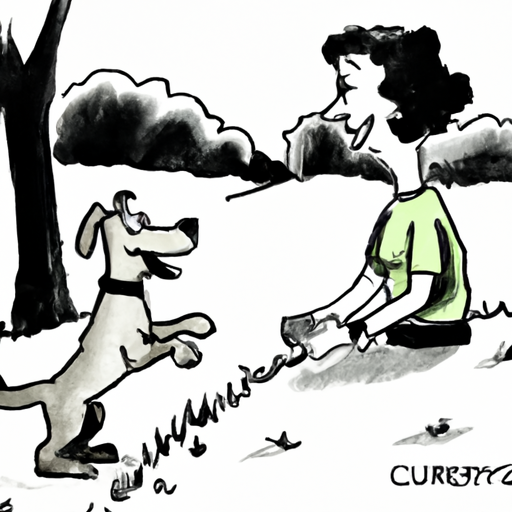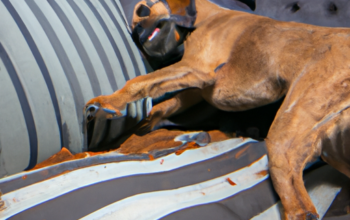Trust is the cornerstone of any relationship, and it is no different with our four-legged companions. As a caregiver, understanding the way to gain a dog’s trust is a crucial part of building a strong and healthy bond. This article will guide you through the steps in the second person, allowing you to visualize the process and apply it effectively.
H2: Understanding Canine Communication
Understanding how dogs communicate is the first step towards gaining their trust. Dogs use a variety of signals and body language to express their feelings, and interpreting these correctly can help you respond in a way that makes them feel understood and secure.
- Tail wagging: Contrary to popular belief, a wagging tail doesn’t always mean a happy dog. The speed and direction of the wag can convey different emotions.
- Ears: When a dog’s ears are pulled back or flattened, it often indicates fear or submission.
- Eyes: If a dog avoids eye contact, it could be a sign of nervousness or submissiveness.
H2: Building Trust through Consistency
Consistency is key in building trust with your dog. This includes maintaining a consistent schedule for feeding, walking, and playtime. Additionally, it’s important to use consistent commands and responses. For example:
- Use the same command for a specific action every time
- Reward or correct behavior in a consistent manner
H2: Socializing Your Dog
Socializing your dog with other dogs and people is a crucial part of gaining their trust. This process helps your dog feel comfortable in different situations, and shows them that they can rely on you for security and guidance.
| Socialization Tips | Description |
|---|---|
| Start Early | Younger dogs are more receptive to new experiences |
| Gradual Exposure | Don’t overwhelm your dog; start with calm environments and slowly build up |
| Positive Association | Use treats and praise to create positive associations with new experiences |
H2: Training as a Trust-Building Exercise
Training isn’t just about teaching your dog commands – it’s also a valuable trust-building exercise. Consistent, positive reinforcement training shows your dog that you’re a reliable and fair leader. Remember:
- Consistency is key: use the same commands and rewards
- Patience is crucial: every dog learns at their own pace
H2: Respecting Your Dog’s Boundaries
Just like humans, dogs have boundaries too. Respect their space, especially when they’re eating or sleeping. Never force interaction – let them come to you when they’re ready.
FAQs
Q: How long does it take to gain a dog’s trust?
A: It depends on the dog’s past experiences and personality. Some might take a few weeks, others may take months.
Q: Is it harder to gain an adult dog’s trust compared to a puppy?
A: It can be, especially if the adult dog has had negative experiences in the past. But with patience and consistency, you can gain their trust.
Q: My dog is scared of other dogs. What should I do?
A: Gradual, controlled exposure to other dogs can help. Consider working with a professional trainer if the issue persists.
Remember, gaining a dog’s trust is a journey, not a destination. Be patient, be consistent, and most importantly, love them unconditionally. They’ll reward you with their trust, loyalty, and love in return.



